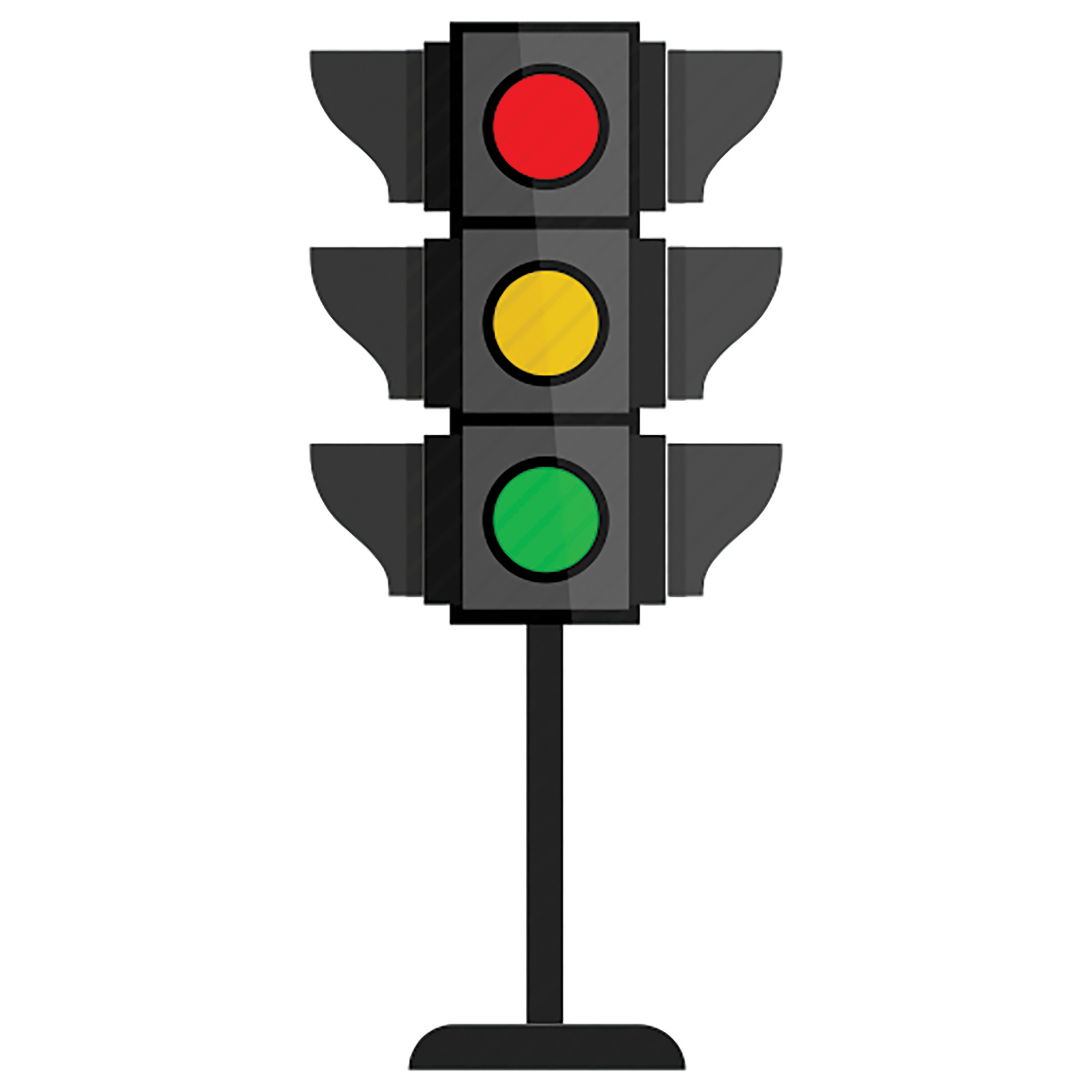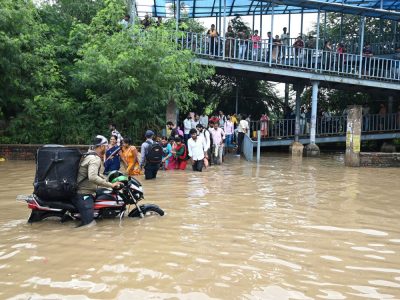Easier challans, faster data and traffic signals run by artificial intelligence – that’s how the police hope to bring order to the Capital’s chaotic roads
Can traffic discipline be inculcated by changing drivers’ attitudes? Probably not, for the Capital has 1.05 crore registered vehicles and only 33,198 km of roads, meaning drivers are fighting each other for space all the time. Delhi-NCR region continues to be plagued by drivers who refuse to obey traffic signals or observe lane discipline — and park wherever they find a convenient slot.
To reduce these kind of offences, Delhi Traffic Police is taking the help of technological innovation, one of which is the introduction of new, upgraded e-challan machines.
In June this year, a transition took place from 2G to 4G e-challan machines, which will make the work of traffic police work easier. E-challan stands for electronically generated challan. These machines with upgraded features were distributed to traffic police on trial basis by the central government.
“New e-challan machines work like a mobile phone — instead of keypad, this machine has touchscreen, is small in size, and has an in-built camera. It is easier to operate or handle and works better than the previous one. Due to its high speed, this machine does not consume time to issue challan and also maintains systematic record of everything,” explained a police constable.
Another technology at the cops’ command will be a mobile-based solution called MobiOcean. It enables violators to pay their challan online or by debit/credit card rather than going to the headquarters of traffic police in West Delhi. The motive of introducing this machine is very clear: Go Digital, Go Cashless all over Delhi. It helps in improving efficiency in terms of both cost and time. According to statistics, police have issue around 20,000 e-challans per month on an average, since the introduction of this machine.
“It basically is an internal mechanism where we have gone for a better product. To the violators, it does not make much of a difference as they received challans earlier for violating the rules and will continue to. However, they won’t have to wait to pay once the new model is implemented,” as said by Joint Commissioner of Police, Traffic, K Jagadeesan.
This facility will make the system simpler for traffic police and the general public, assuring easier collection of fines. Previous machines took a lot of time to give data about the offence but this machine provides instant data on nature of offence and other information like driver’s name, driving licence number, etc, which saves time of police and offender. Inbuilt cameras will help police to take pictures of violators or capture an offence.
A similar initiative being deliberated by Delhi Police is the “intelligent traffic management system” (ITMS) that proposes to use artificial intelligence to manage traffic. It will become a reality as soon as it gets approval of the Ministry of Home Affairs. This project is to be implemented in three phases, with the first phase most likely to be completed this year itself, sources said. However, no dates have been mentioned regarding the implementation of second and third phase.
According to this system, traffic management will work on a radar-based monitoring with the help of Artificial Intelligence. The data collected by police relating to traffic pattern, number of vehicles, etc, would be used to manage the traffic.
A fourth high tech initiative of adaptive traffic light has been installed in Noida on a trial basis at Rajnigandha Chowk, BSNL Chowk and Chowda Morh, the three major intersections at the Master Plan 2 road, according to the Noida Authority officials. The system being tested on Master Plan 2 road has been successful in reducing traffic congestion. These lights contain sensor-based chips which can gauge the number of vehicles on the road and adjust the duration of the signal accordingly.
In such a system, the duration of the traffic signals will change automatically because of the chip installed and no manual intervention will be required. This would also help in monitoring some intersections where traffic police personnel cannot be deputed permanently.





